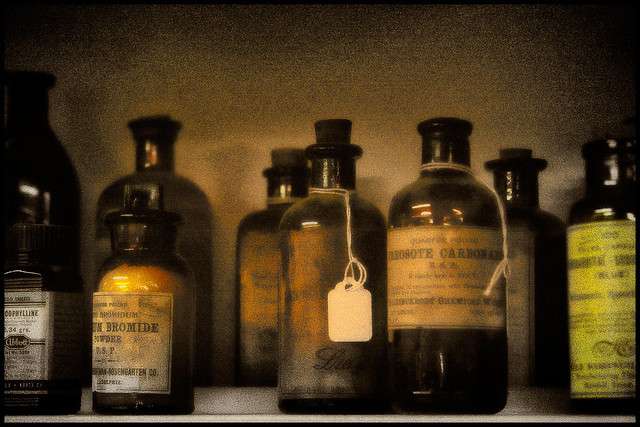
Visual analysis is an important part of the inspection process in the pharmaceutical industry. Strict regulations and processes dictate the safety and effectiveness of all prescription drug medications. While human visual analysis plays an essential role in parenteral drug production1, human error accounts for a considerable amount of oversight throughout the industry.2 Instrumental visual analysis technology has revolutionized prescription drug manufacturing and is quickly becoming the ideal method of analysis for most pharmaceutical products.

New visual analysis technology has replaced outdated methods of inspection for many prescription drug medications. Modern medicine is dependent on advanced instrumentation to ensure safety and effectiveness in pharmaceuticals. Image Source: Flickr user PhotoAtelier



